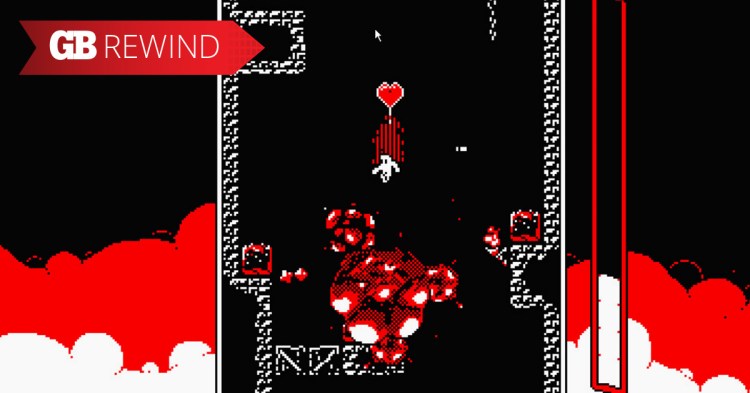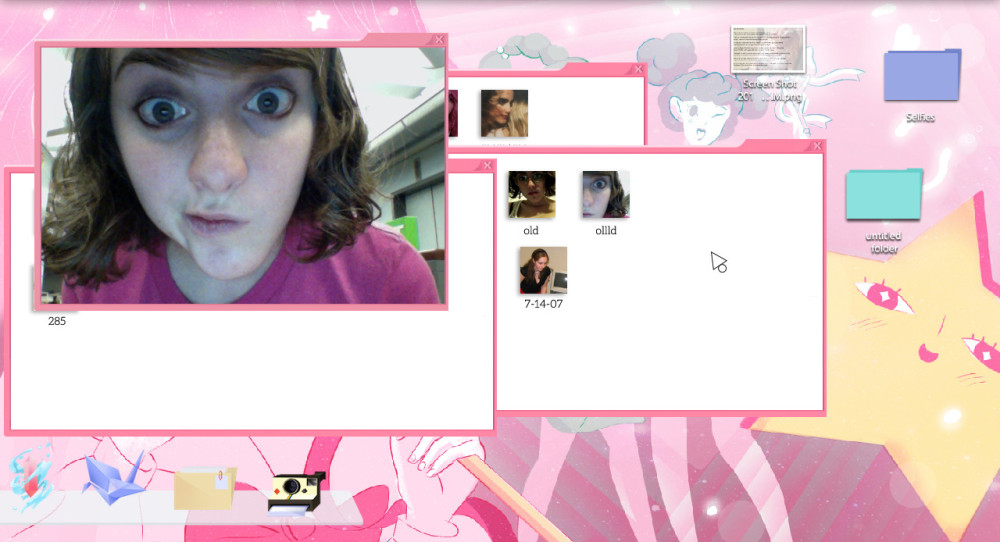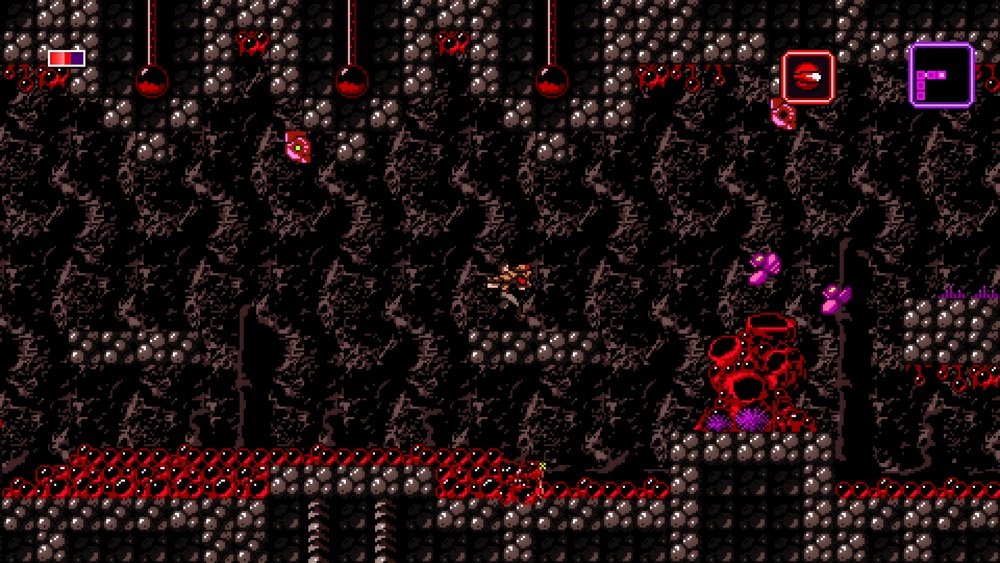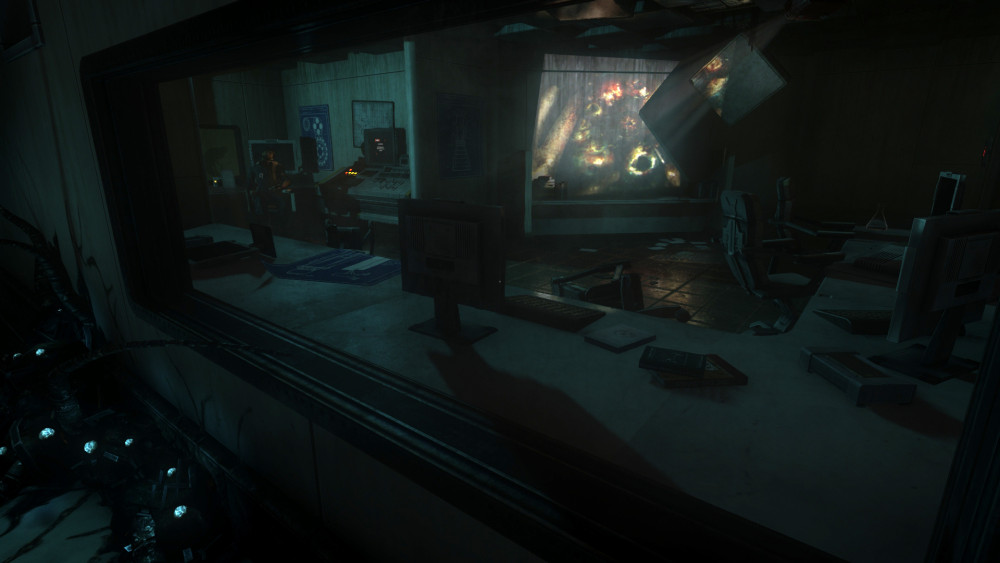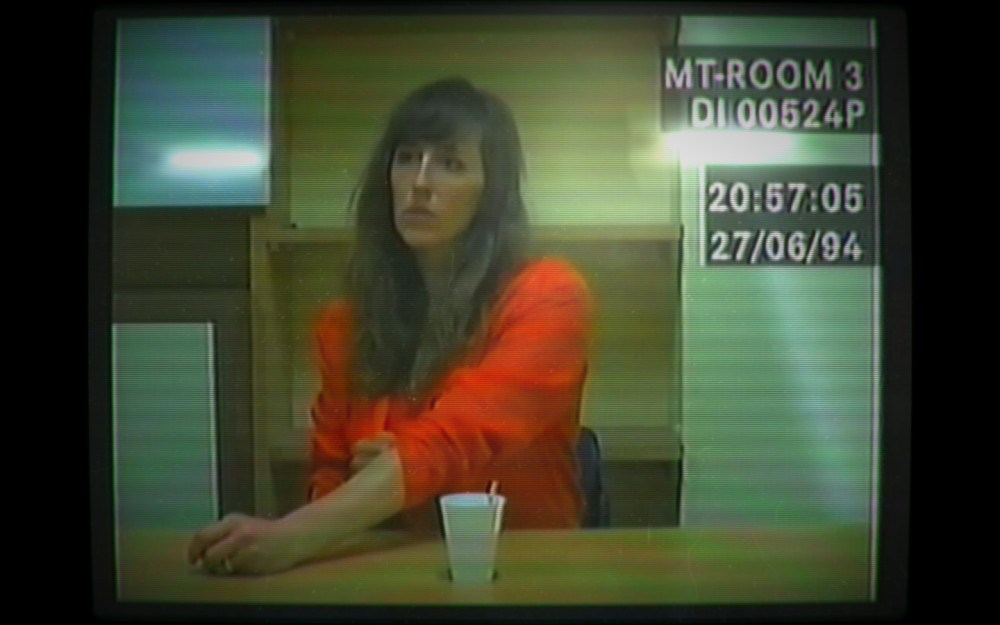5. Cibele
Developer: Star Maid Games
Publisher: Star Maid Games
Available on: PC, Mac
Price: $8.99
Cibele feels more like an independent film than an independent game. Not because the game doesn’t let you interact with it: you play Cibele by fussing around on a computer desktop with your mouse, then playing a simple online game while your character, Nina, talks to a guildmate of hers. Rather, it feels like an independent film because it’s brief, sentimental, and leaves you feeling like something’s missing. In Cibele’s case, the “missing” part seems intentional, as the hard-cut ending makes you feel the same absence the game’s main character does in that moment. Cibele tackles mature topics through the eyes of a teenager, and we don’t get enough of that in video games.
4. Axiom Verge
Developer: Thomas Happ Games LLC
Publisher: Thomas Happ Games LLC
Available on: PC, Playstaion 4, Playstation Vita
Price: $19.99
2015 had a lot of games that emanated nostalgic vibes (Super Mario Maker, Galack-Z, Downwell), but none of them iterated on old-school design quite like Axiom Verge. It’s a Metroid clone, sure, but the ways it changes up every aspect of the back-and-forth trek across a single interconnected map give the game its own unique flair. Some of the hidden items scattered across the game require you to perform acts that feel like finding exploits that game’s designer didn’t intend you to execute. Then you find out that’s exactly what you were supposed to do the whole time. It hands you weapons that force you to rethink the game you’ve been playing every few minutes, and tracking down every secret you missed the first time around made for the biggest nostalgia trip of the year.
3. SOMA
Developer: Frictional Games
Publisher: Frictional Games
Available on: PC, Playstation 4
Price: $19.99
SOMA is ostensibly a horror game, but it’s really a thriller. It pulls off one of the most clever tricks in horror gaming, though: While at first you’re scared of the monsters that might be around every corner, you eventually come to fear the ideas put forth in its diary entries, logs, and plot far more. As you progress, the number of monsters reaches a crescendo, then tapers off as the story goes from scary to downright unsettling. I’ll be thinking about the real “monsters” in SOMA long after I forget about it its physical ones. I can pay a horror game no higher compliment.
2. Her Story
Developer: Sam Barlow
Publisher: Sam Barlow
Available on: PC, iOS, Mac
Price: $5.99
You don’t kill anything, acquire new items, or even move around in Her Story, but make no mistake: It’s one of the most rewarding games of the year to play. Half of Her Story takes place on the screen of a computer in a dimly-lit room, as you navigate the video files and watch a suspect being interrogated by the police about a murder. The other half takes place in your head as you build a story out of the disparate clips you must search the police database to find. Her Story deftly crafts a game built around subjectivity and perspective, and it’s one of gaming’s rare of examples of the medium being the message.
1. Undertale
Developer: Toby Fox
Publisher: Toby Fox
Available on: PC, Mac
Price: $2.99
Undertale does everything an independent title should do. It introduces a gaming archetype (in this case, the role-playing game), then interrogates every aspect of that archetype to deliver new experiences; it uses its small team to nimbly implement ideas big-budget games would have a hard time realizing. Though it starts out as an average RPG, it only uses that form as springboard to mess with every apsect of its design. Boss fights frequently mess with the scope of combat, turning the game into an old-school shooter like Galaga or a platformer for the duration of the fight.
It bends its own design parameters to their breaking point, then breaks them under the weight of a few outlandish ideas that exist outside the traditional boundaries of video games. But I won’t spoil too much; you’ll want to find out what I’m talking about for yourself. Suffice to say, though, Undertale takes video games as a medium to task while simultaneously showing us what they’re capable of. And that’s exactly what we should ask of our independent games. Undertale is not only the best indie game of the year, but one of the best games I’ve played in a long, long time.
Independent games have the capacity to move video games forward; the trends in indie games now might be the ones you see in larger games in the next few years. And if we’re lucky, the giants of the industry will learn a thing or two from these indie marvels.
VentureBeat's mission is to be a digital town square for technical decision-makers to gain knowledge about transformative enterprise technology and transact. Learn More
